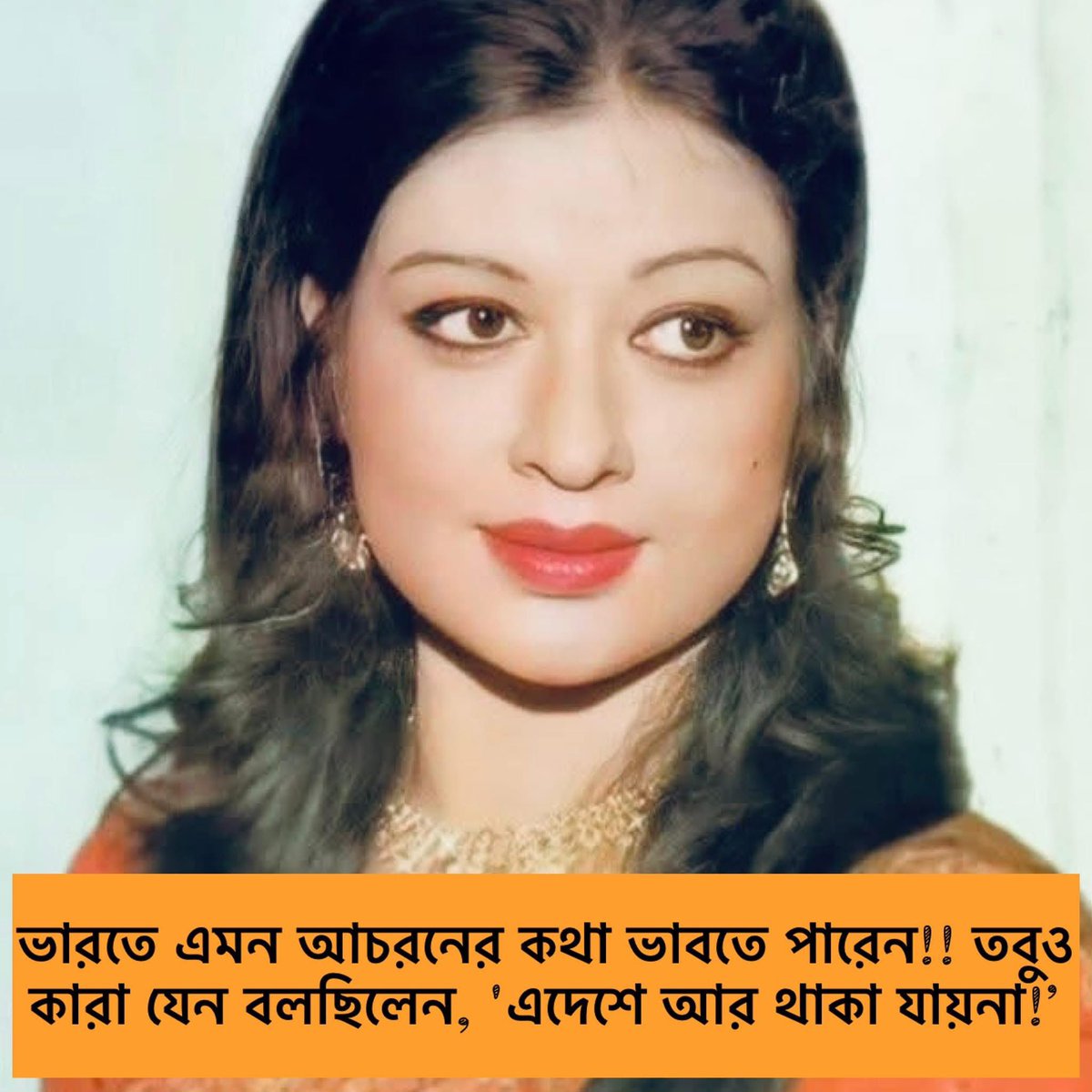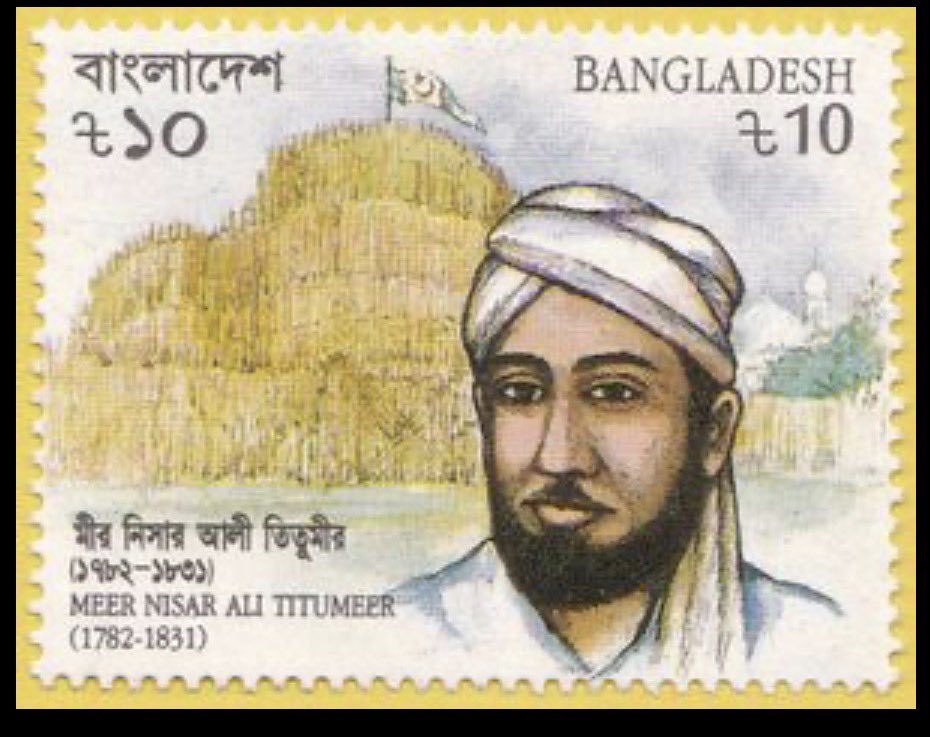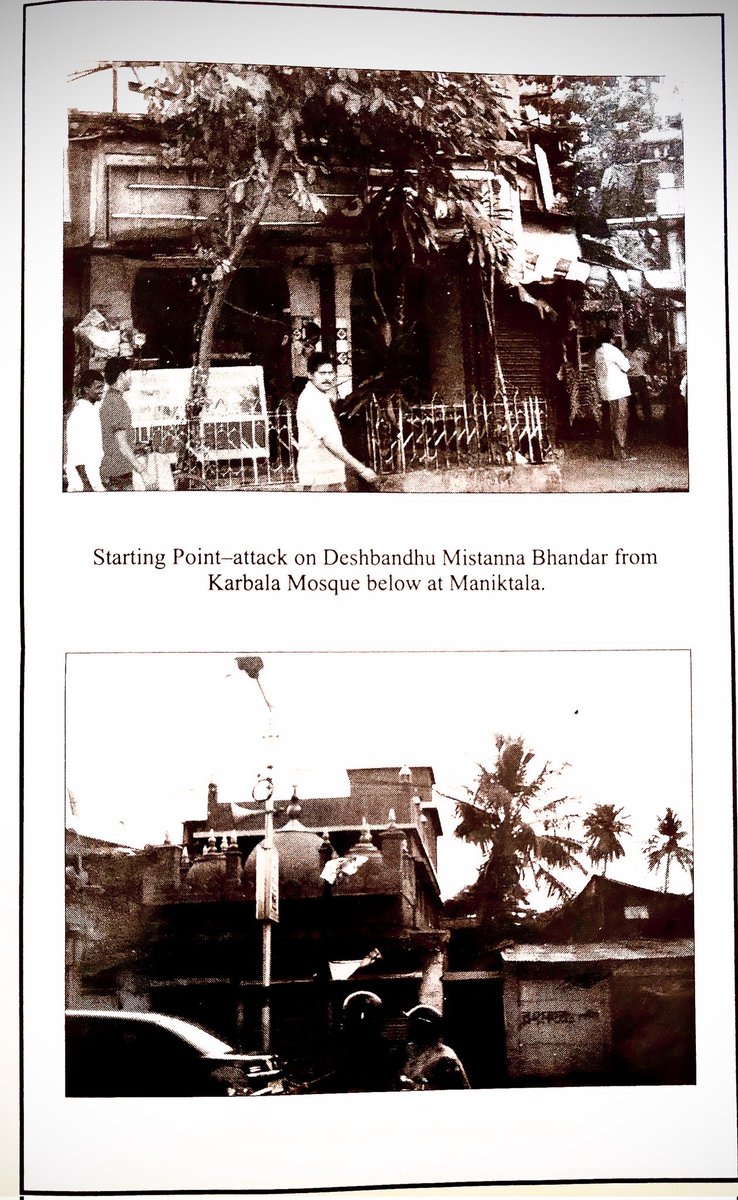Paying Homage to one of the greatest Nationalist & Epitome of Women Empowerment "LOKMATA RANI RASHMANI" on her 228th Birth Anniversary.
Rani Rashmoni left an indelible mark on Calcutta way back in the early 19th century.
(By Bhaskar Ganguly)
@LostTemple7
Rani Rashmoni left an indelible mark on Calcutta way back in the early 19th century.
(By Bhaskar Ganguly)
@LostTemple7

She also offered considerable charity to the Imperial Library (now the National Library of India) and the Hindu College (now Presidency University).
The most magnificent contribution of Rashmoni was the construction of the famous Dakshineswar Temple dedicated to Goddess Kali.
The most magnificent contribution of Rashmoni was the construction of the famous Dakshineswar Temple dedicated to Goddess Kali.
Rashmoni persuaded these families and helped them to build up fisheries in the surrounding water bodies that later turned into large rich bheris (fish ponds). They gradually gave up their plundering and transformed themselves into a community of fishermen.
One of the first Indian industrialists, Dwarkanath Tagore, had mortaged a part of his zamindari to Rashmoni for his passage to London in 1847. This part of the land which was then a part of the Sunderbans was marshy and almost uninhabitable except for some families of thugs.
Rani Rashmoni was widowed in her 40s and the burden of the business and managing the zamindari fell on her and she handled it with great efficiency. Her humble origins also meant that she had great compassion for the poor and she donated huge sums to charity.
Rashmoni was lucky to have found in Rajchandra, a progressive husband who didn’t believe in confining women within the four walls. Instead, he involved her in his business & so good was Rashmoni in matters of business that in a short span of time the duo amassed a huge fortune
Rani Rashmoni was born on 28th September 1793 into a Kaivarta (fishermen) family of Halisahar in West Bengal. Even before she entered her teens, her father who was a petty labourer, married her to a much older widower, Rajchandra Das, a scion of a wealthy zamindar from calcutta
A lot to achieve for a young girl, born into poverty, to parents from a low caste, way back in 1793.
The story of how Rani Rashmoni broke through patriarchy, orthodoxy and every other ill, to rise up in 19th century India is truly breathtaking.
The story of how Rani Rashmoni broke through patriarchy, orthodoxy and every other ill, to rise up in 19th century India is truly breathtaking.
It was she who built the famous Dakshineswar Temple dedicated to Goddess Kali, she took on the British, was unmatchable on matters of business, she was an inspiration for social reformers and also one of the greatest philanthropists Calcutta has ever seen.
• • •
Missing some Tweet in this thread? You can try to
force a refresh



















